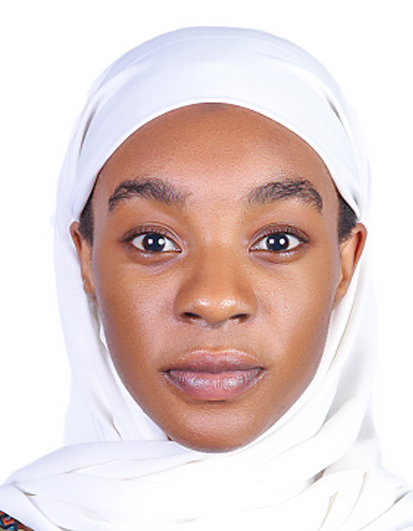Muscle Thickness of Lateral Abdominal Muscles in Sitting and Standing Positions During Abdominal Drawing-In Maneuver and Abdominal Bracing Among Chronic Low Back Pain Individuals
Poster Presentation
Keywords:
lateral abdominal muscles, abdominal drawing-in maneuver, abdominal bracing, real-time ultrasound imagingAbstract
Strengthening the lateral abdominal muscles (LAM) such as transverse abdominis (TrA), internal abdominal oblique (IO), and external abdominal oblique (EO) enhances spinal stability and helps to alleviate low back pain (LAM). The abdominal drawing-in maneuver (ADIM) and abdominal bracing (AB) are movements used to exercise LAM as part of core stability exercises. However, knowledge of which functional position (sitting versus standing) effectively engages contraction of the LAM is limited. The study aims to determine the effects of the functional positions (sitting and standing) and types of exercises (ADIM, AB) on LAM thickness among chronic LBP individuals using real-time ultrasound imaging. Twenty-four adults (12 males, 12 females) with non-specific chronic LBP were assessed in sitting and standing positions while performing ADIM and AB exercises. Real-time ultrasound imaging was used to measure the thickness of the TrA, IO, and EO during the ADIM and AB. Wilcoxon signed-rank test was performed to compare the muscle thickness of TrA, IO, and EO at rest and during the ADIM and AB. The muscle thickness of TrA and IO was significantly greater during ADIM when compared to AB (p<0.05). The thickness of TrA and IO showed an increase during ADIM compared to rest, with TrA also exhibiting a greater thickness during ADIM than AB in both positions (p<0.05). Additionally, IO thickness increased during AB compared to rest in both positions while EO thickness had a significant increase during ADIM compared to rest and AB in the standing position (p<0.05). ADIM activates the TrA muscle in LBP individuals than AB. However, the findings of this study may be considered when devising exercise regimes for subjects with LBP.
Downloads







